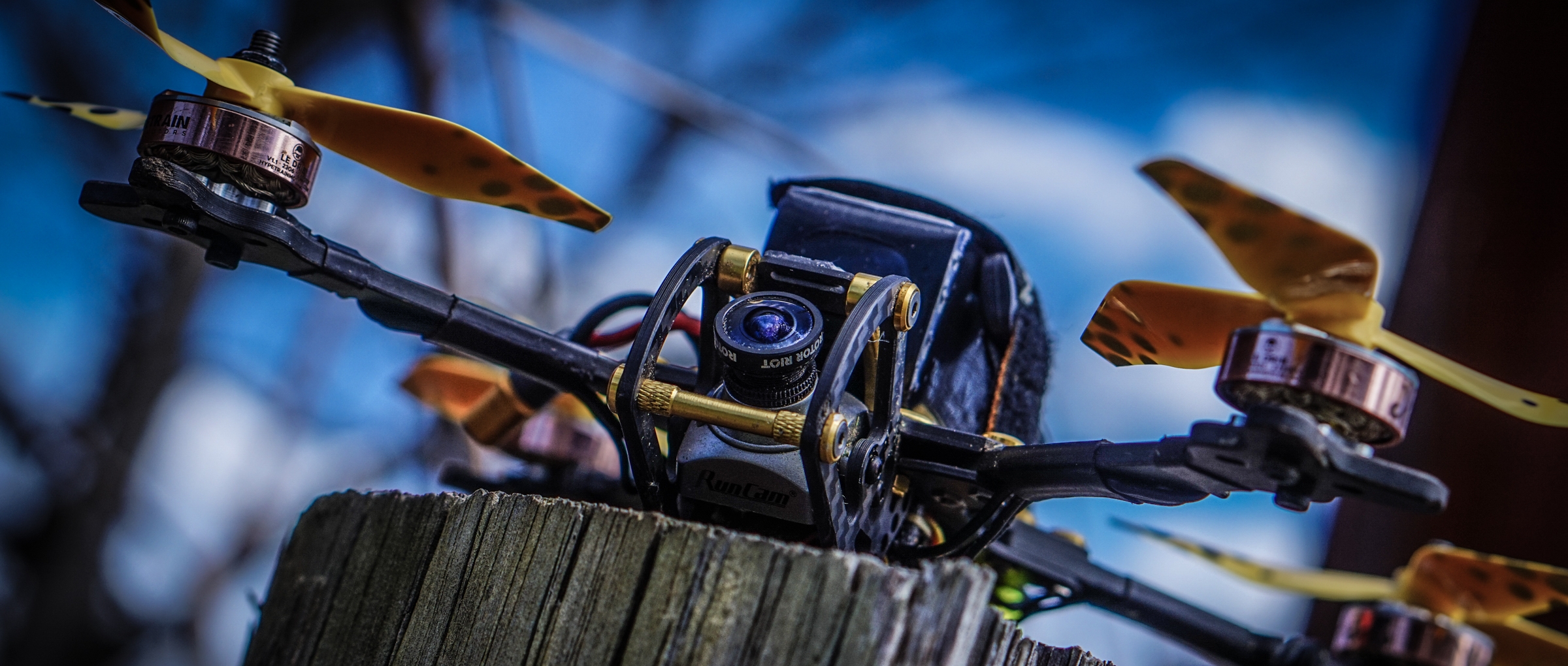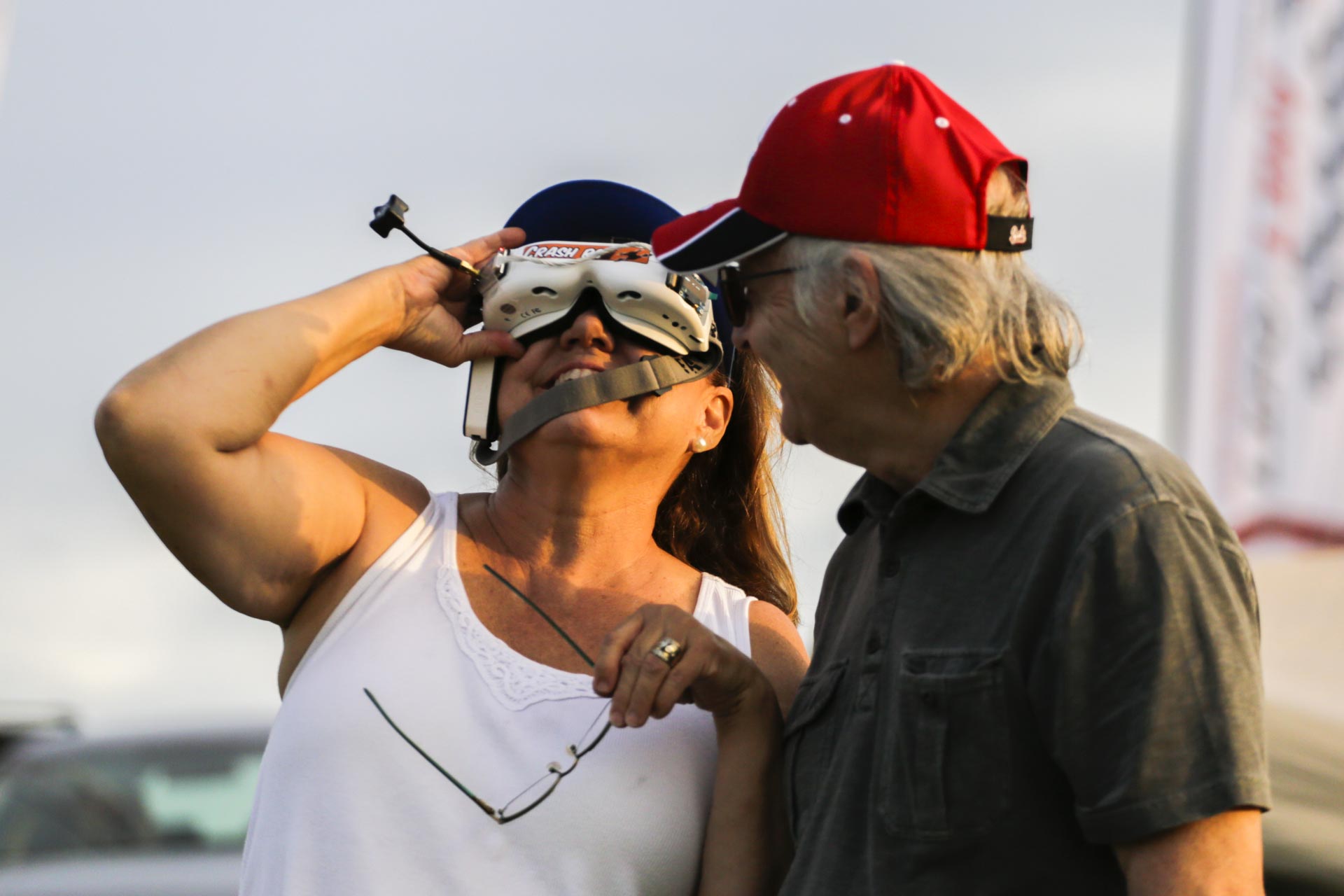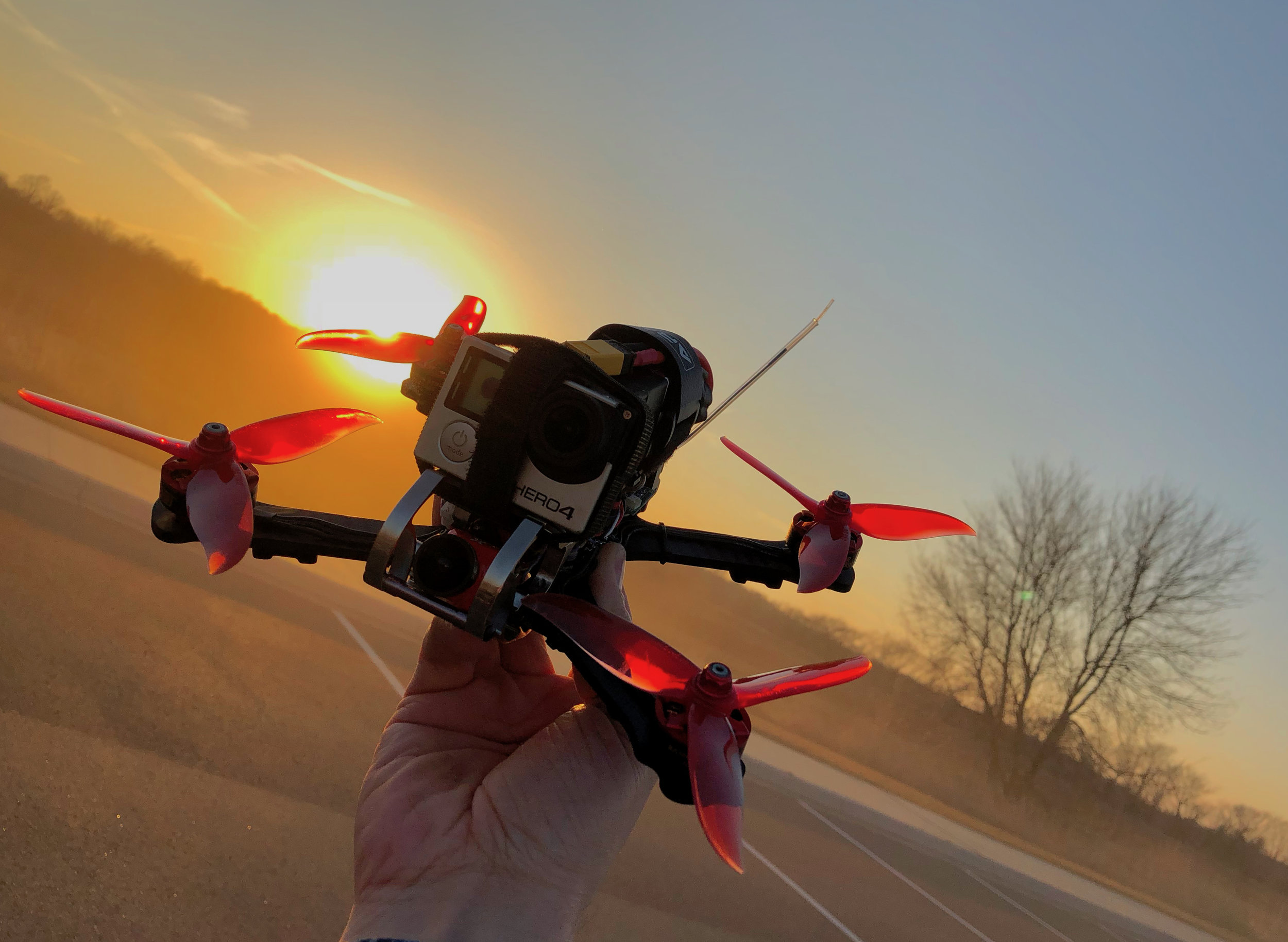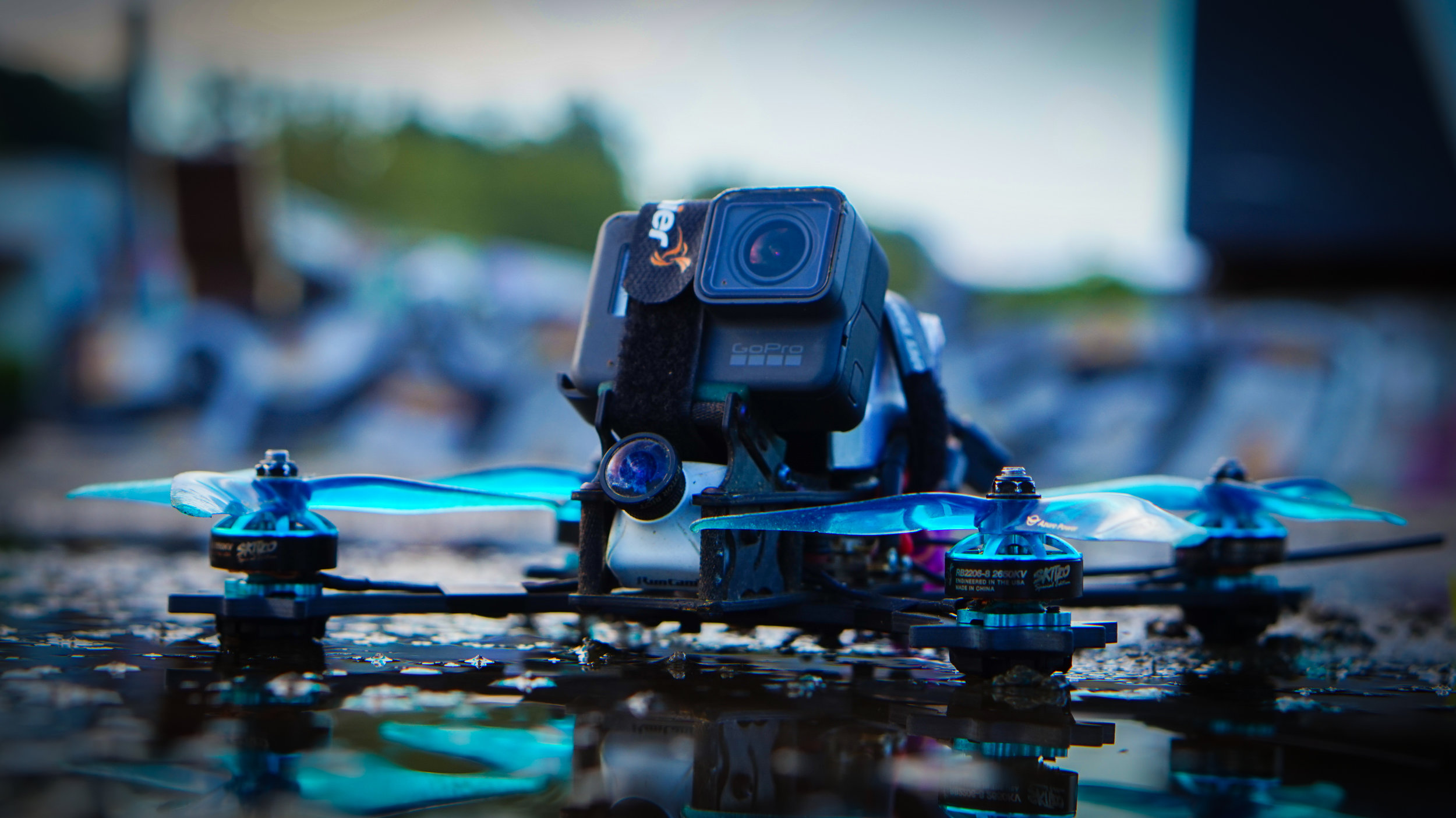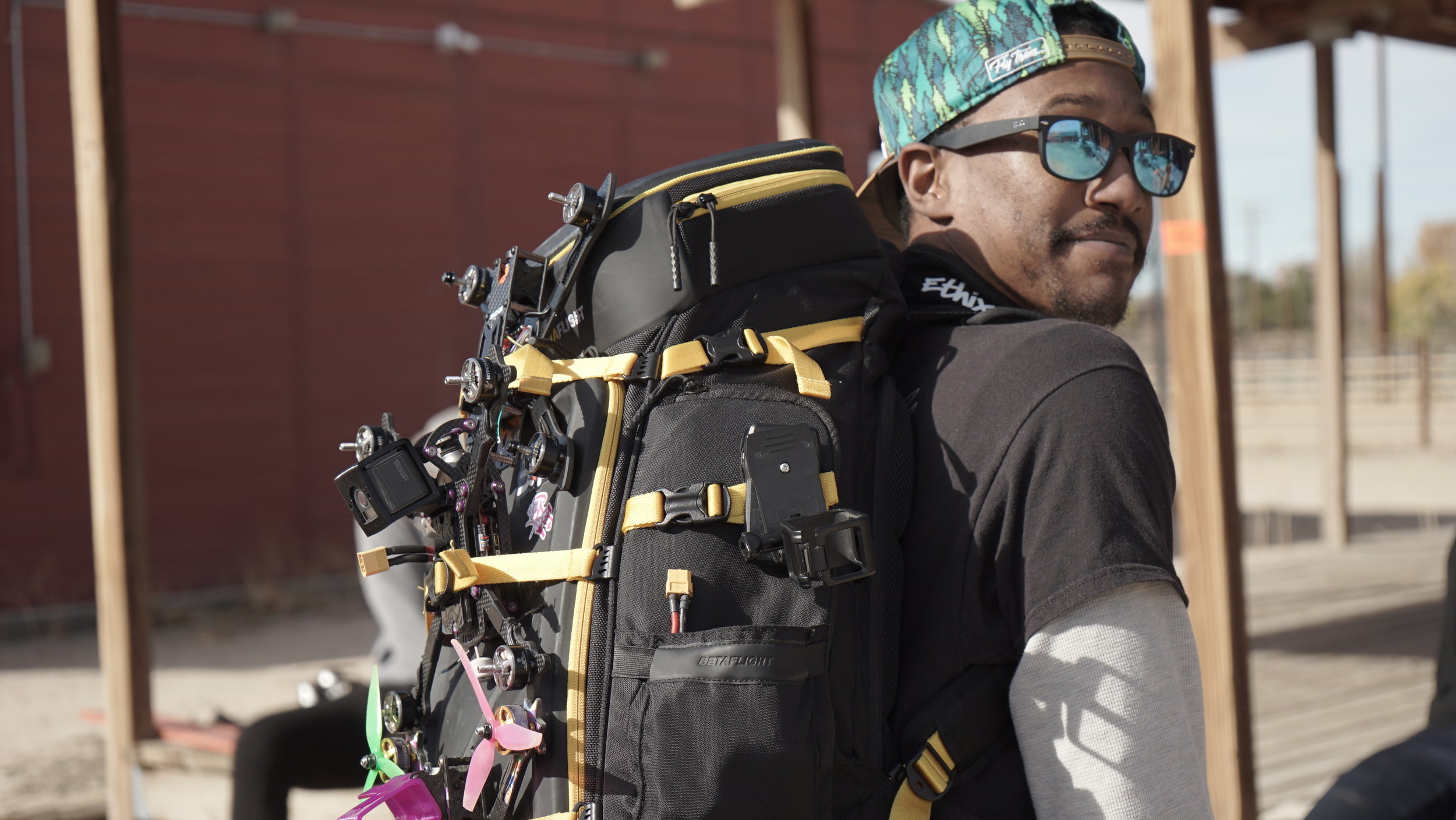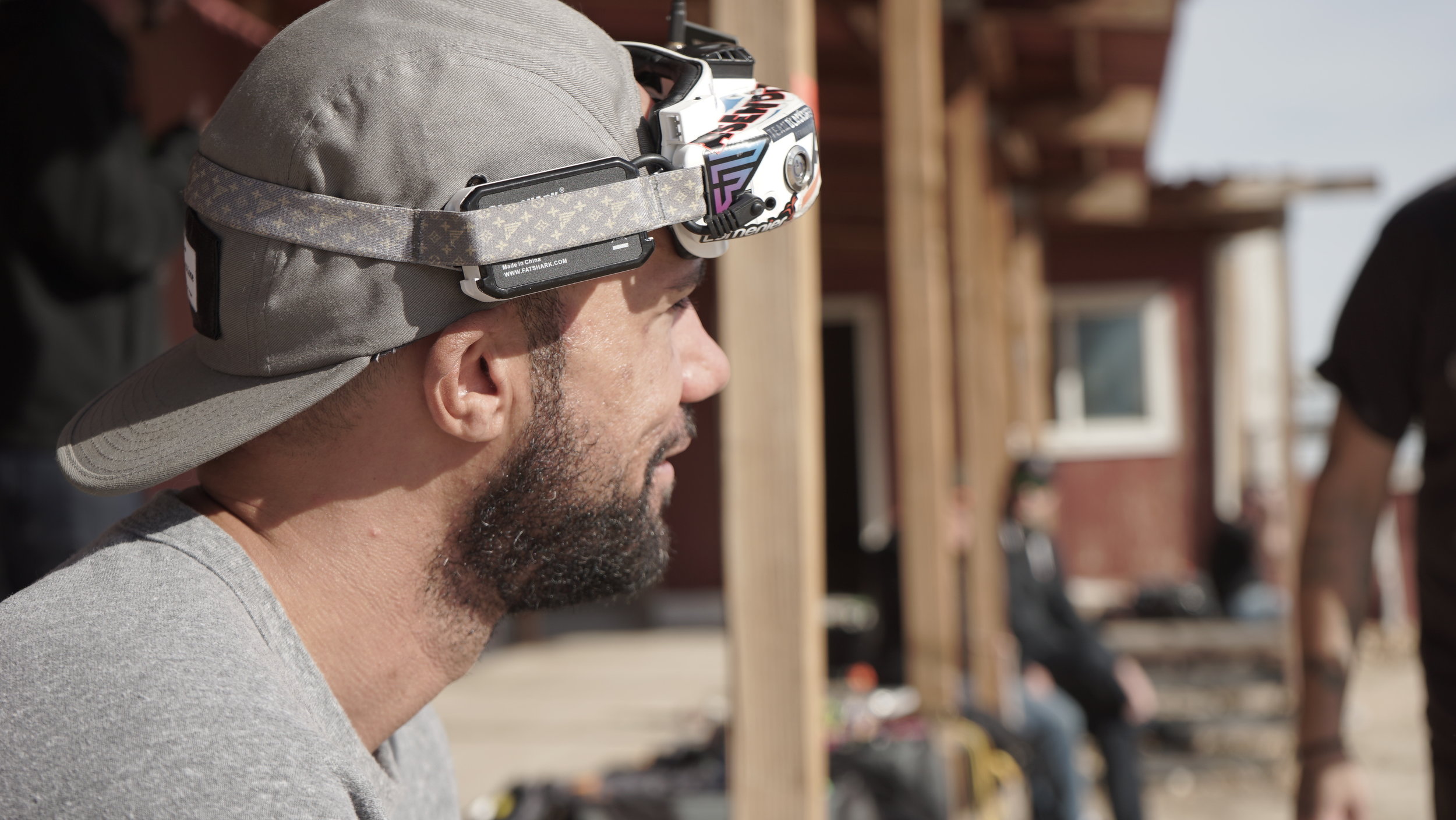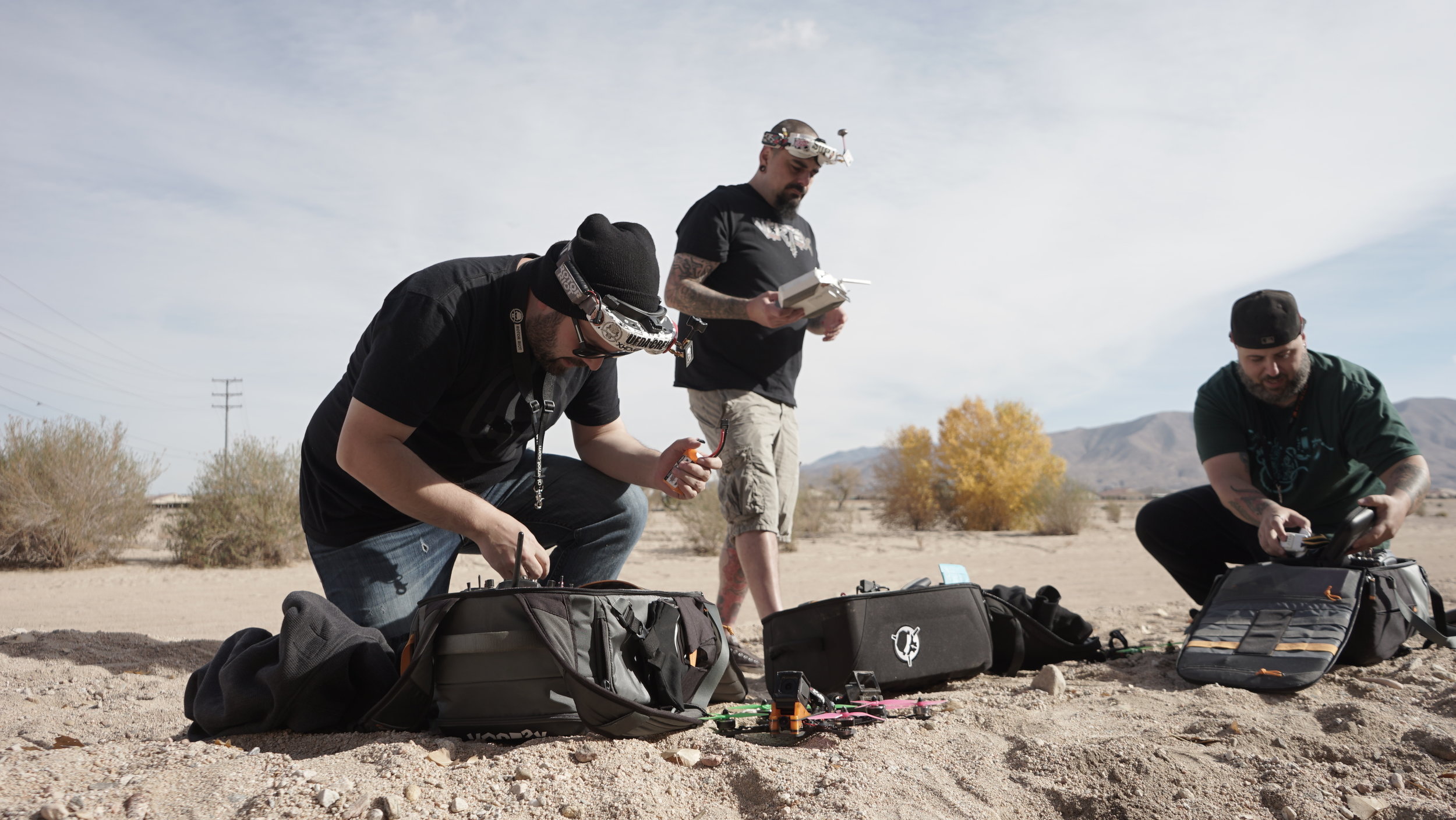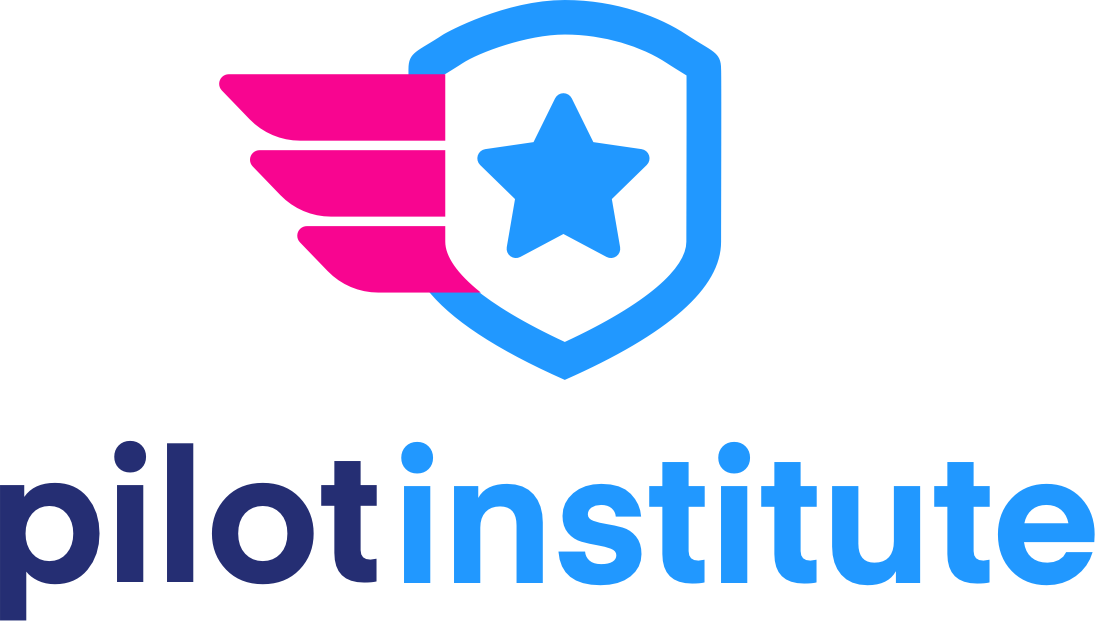What do I need to fly?
The legislative space and FAA direction can be confusing at times, but fear not, we’re here to help! With the information listed below, you can rest assured that you will be able to fly legally and safely as of June of 2019. If you have any questions, feel free to reach out to us!
In October of 2018, the FAA Re-Authorization Act of 2018 was signed into law, effectively repealing Section 336 that model aircraft pilots have been flying under for years and replacing it with Section 349. Questions? See our FAQ.
On October 20, 2022, the FAA released Advisory Circular 91-57C. Here, they restate the eight statutory requirements from Section 349, as well as explain the current objectives and limitations. See our response here.
The Basics for Flying Recreational FPV
We have summarized the official FAA documents to present what you need to fly. Our summary describes what we carry with us to fly First Person View ( FPV ) and how we fly to remain within the FAA rules and regulations.
Take The Recreational UAS Safety Test (TRUST). This is a requirement before flying recreational. Don’t worry, it’s free, easy, and provides good information on flying safely! We recommend our friends over at the Pilot Institute!
Fly with safety in mind. Feel free to use our Safety Guidelines and keep a copy with you in your flight bag! (Updated December 2022)
Fly with a visual observer (spotter) co-located and in direct communication with the operator.
Fly within Class G airspace. Visit the FAA Facility Maps to locate your area. Any area not covered by a grid is Class G airspace. Flights within controlled airspace (generally near airports) require LAANC authorization.
Operate the aircraft in a manner that does not interfere with and gives way to any manned aircraft.
Stay below 400 feet above ground level (AGL).
If your sUAS is between 250g (.55lbs) and 25kg (55lbs) you must register with the FAA and put your registration number on the outside of your aircraft.
Regulations DO apply to ALL model aircraft, even those under 250g. There is no lower weight limit exemption.
Support the FPV Freedom Coalition
Show your support for the FPV Freedom Coalition by becoming a member today. Annual adult, youth, and founder tier memberships are available.
Pilot Institute Affiliate
Looking to get your Part 107? Use our affiliate link when signing up and a percentage of your purchase price will be donated to the FPV Freedom Coalition.
Why FPV Flight is Worth Protecting
FPV flight provides an excellent and engaging educational medium that represents many aspects of science, technology, engineering, art, and math (STEAM).
The culture of FPV is inherently inclusive and collaborative, bringing together many diverse people from different backgrounds to work together.
FPV flight offers a unique experience that has helped many overcome the obstacle of mental health disorders such as depression, anxiety, PTSD, and ADD.
The skills, abilities, and experiences learned through FPV provide relevant training for pilots to take on commercial jobs, which will be a growth industry in the very near future.
Safety Guidelines
Proper risk mitigation is the key to maintain our access to the sky. Follow these simple guidelines to fly the right way, every time.
Resources
Everything you need to keep informed, from the latest regulation interpretations, to pre-flight checklists and more!
Volunteer
Tired of sitting on the sidelines and watching regulations limit your flying? Why not take an active role in shaping the future of FPV? Volunteer, join a committee, and lend a hand.


